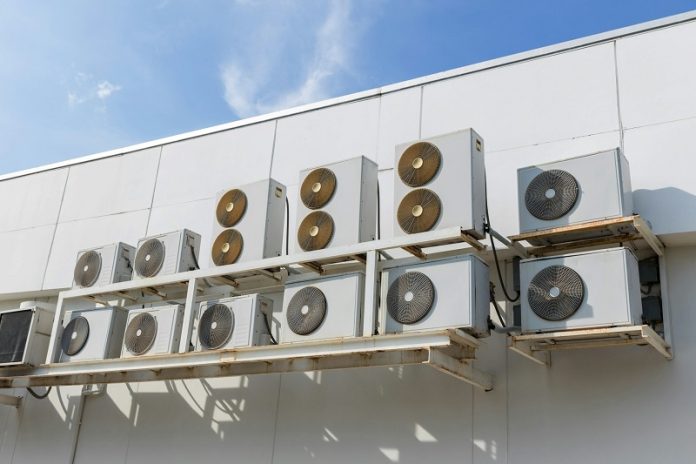
In hot climates, solar panels often suffer from a major problem—overheating.
While they rely on sunlight to generate electricity, too much heat can actually reduce their efficiency and lifespan.
Now, a team of researchers at the University of Sharjah has come up with a clever solution: using waste air from air conditioning systems to cool solar panels.
Their invention was recently granted a U.S. patent (US12341471B2), and it promises to make solar energy more efficient and reliable, especially in hot and dry regions.
The cooling system works by redirecting the warm air that’s usually released from central air conditioners.
Instead of letting that hot air go to waste, the new design uses it to cool the back of solar panels.
This innovative method helps panels stay at lower temperatures, improving their power output and extending their lifespan.
According to Professor Chaouki Ghenai, the lead inventor, the system can recover up to 10% more solar power and significantly reduce maintenance needs caused by heat and dust.
Solar panels generate electricity by converting sunlight into energy, but not all of the sunlight gets turned into power.
A large portion becomes heat, which raises the temperature of the panels. In some areas, the panels can get as hot as 70°C, which may lead to a 20% drop in energy output.
For every degree Celsius increase in temperature, solar efficiency typically drops by about 0.45%. Over time, this heat also speeds up the wear and tear on the system.
That’s where the new cooling device comes in. It includes an exhaust fan connected to the outlet of a building’s air conditioning system.
The fan is carefully adjusted to blow air at a specific temperature, targeting the rear surface of the solar panels. The panels are mounted on a specially designed frame that keeps them at just the right distance and angle to get maximum cooling effect.
This approach doesn’t just solve one problem—it addresses two. First, it reduces the damaging effects of heat on solar panels. Second, it reuses energy that would otherwise be wasted, making buildings more energy efficient overall.
Professor Ghenai explains that the system creates a “smart-building retrofit,” allowing owners to increase solar energy production, reduce the energy load on their cooling systems, and get more value from their solar investment.
The idea has already gained attention from companies working in HVAC, solar energy, and building energy management. Many are interested in using the technology to improve energy performance in commercial and residential buildings.
The team at the University of Sharjah is also exploring other ways to make clean energy more effective.
Their ongoing projects include turning HVAC waste air into wind energy, creating hybrid solar-wind systems, designing better dust removal tools for solar panels, and improving green hydrogen production.
With smart, energy-saving ideas like this patented cooling system, the future of solar power looks cooler—and brighter—than ever.



